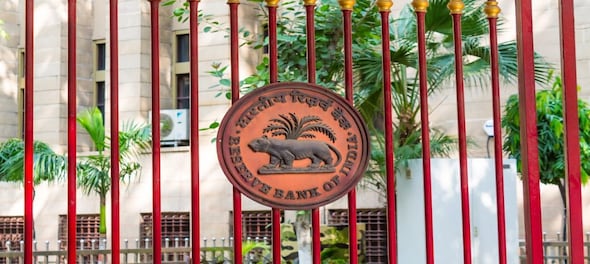
The Reserve Bank of India's (RBI) bi-annual stress tests of banks and the resultant projections on what may be the extent of bad loan problems serve a useful purpose to alert banks to the possible need for capital under adverse macro developments. At least that’s what they are supposed to. But lately, the projections of the model appear to be far removed from reality raising a doubt as to whether the model needs some tweaking.
In January 2021, RBI published its Financial Stability Report for the period from April 2020 to September 2020. The stress tests in that report said as a base case NPAs in the banking system can rise from 7.5 percent in September 2020 to 13.5 percent in September 2021; if there was extreme macro stress, gross NPAs of banks could even touch 14.5 percent. However, when banking results were out for the quarter ended September 21, the gross NPAs of banks had actually fallen to 6.9 percent. In short, far from a 600 basis points increase in GNPAs, the non-performing loans actually fell by 60 basis points. RBI’s stress tests got not only the amount of NPAs wrong, but even the direction.
To be fair, the RBI makes its caveats very clear in every financial stability report: "By design, the adverse scenarios used in the macro stress tests are stringent conservative assessments under hypothetical adverse economic conditions. It is emphasised that model outcomes do not amount to forecasts," the central bank says in every financial stability report.
Also Read:
As RBI says, the stress test projections are not forecasts. Then what are these stress tests? They are models constructed by RBI's Financial Stability Unit which try to assess the impact of say a fall in GDP or a rise in inflation on the asset quality of banks. The model assesses the impact of six macro variables on banks and NBFCs. Besides GDP and CPI, it looks at the impact of adverse developments in exports, current account deficit, central government fiscal deficit, and the weighted average lending rate and measures their likely impact on bank asset quality among other things.
For instance, in the latest report the model defines baseline stress, medium stress, and severe stress as follows:
| GDP | CPI | |
| Base line | 14.20% | 4.9 |
| Medium | 9.40% | 7.2 |
| Severe | 3.80% | 9.9 |
| Actuals in Apr-Sept 21 | 14.50% | 5.3 |
(Of course, it includes assumptions also on the other four variables – fiscal deficit, exports, current account balance, and weighted average lending rate). As the table above shows, the actual GDP and CPI numbers turned out to be nearly what was assumed as the baseline scenario. Despite this, the actual banking system GNPA came in 60 bps below the previous year, whereas the model forecast that GNPAs would rise by 600 basis points on September 21, over September 20.
This raises questions about the correctness and the utility of the model. If the baseline assumptions were right, why are the GNPA projections so different from reality. Yes, the stress tests alert banks to the need for capital if any. But in this case, the January 2021 financial stability report may have been alarmist and contributed to unwarranted scaremongering. Maybe RBI needs to tweak the model or come with a more detailed explanation about the utility of the tests in their present form.
(Edited by : Jomy Jos Pullokaran)
First Published: Dec 30, 2021 6:03 PM IST
Check out our in-depth Market Coverage, Business News & get real-time Stock Market Updates on CNBC-TV18. Also, Watch our channels CNBC-TV18, CNBC Awaaz and CNBC Bajar Live on-the-go!


In Ayodhya, voters talk of a promise fulfilled and yearning for development
May 17, 2024 2:10 PM
Fight of heavyweights in Sambalpur where farmers, weavers hold the key
May 17, 2024 12:25 PM
Odisha: Fight of heavyweights in Sambalpur where farmers, weavers hold the key
May 17, 2024 10:22 AM
Lok Sabha Election 2024: What rural Delhi wants
May 16, 2024 10:10 PM

